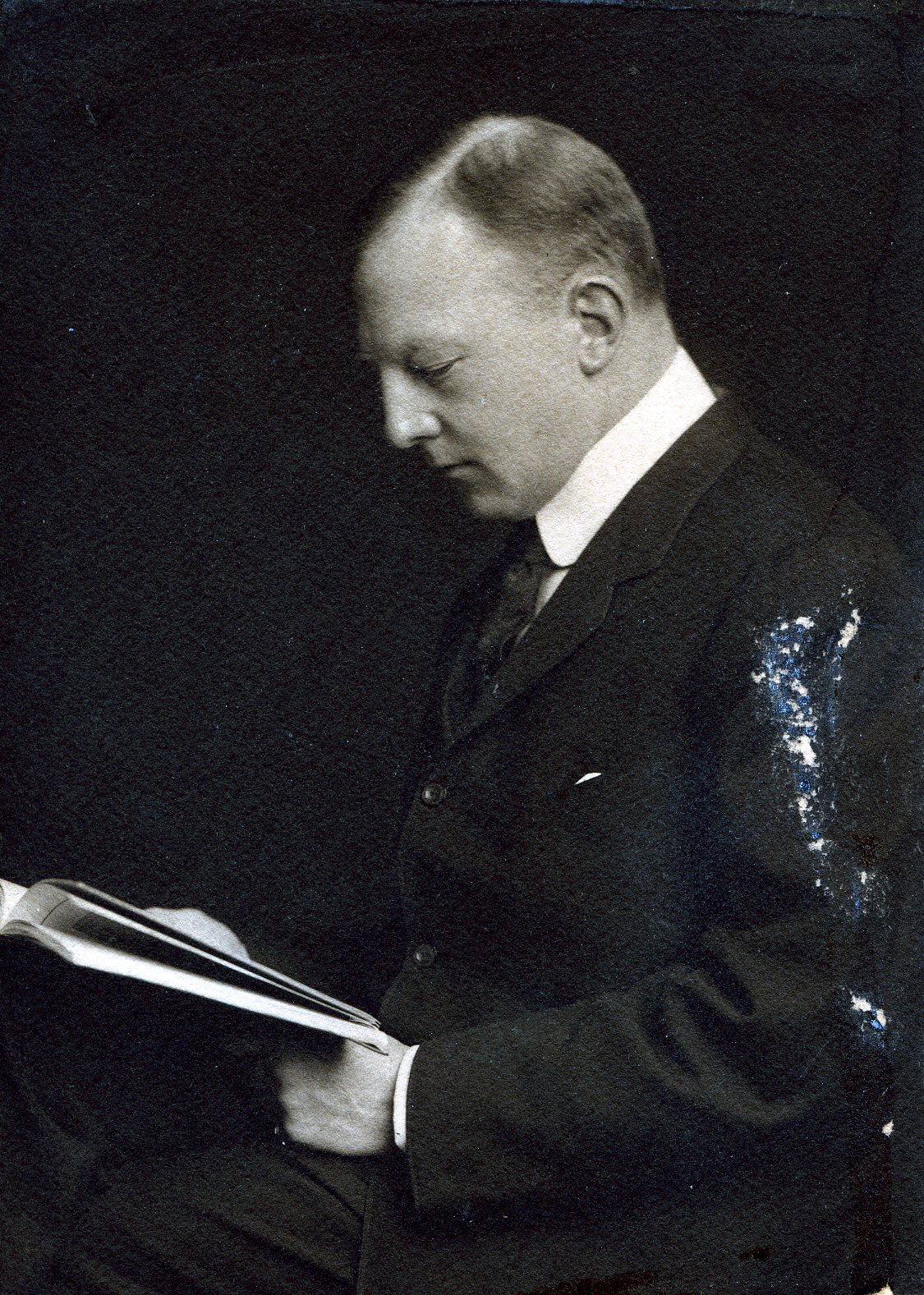Member Directory,
1847 - 1922
C. C. Zantzinger
Architect
Centurion, 1920–1954
Chester H. Aldrich and Roger Bigelow Merriman
Philadelphia, Pennsylvania
Philadelphia, Pennsylvania
Age forty-eight
Whitemarsh, Pennsylvania

Century Memorial
Clarence C. Zantzinger prepared at St. Paul’s and graduated from Yale Sheffield Scientific School in 1892 with a Ph.B. degree in engineering. After studying architecture and taking a B.S. degree at the University of Pennsylvania, he went to Paris, and in 1901 he received a diploma from the l’École des Beaux-Arts.
He was born in Philadelphia, and he returned there to practice architecture. He was not only a distinguished and busy member of the profession, but he early became involved with numerous collateral activities. He had a great admiration for France and the French, and he, together with Charles Butler and William Emerson (Centurions all), were largely responsible for the bringing of young Frenchmen each year to America to study and observe the methods and concepts of architects here. He was wont to collect his fellow members of the Committee on Education of the American Institute of Architects at his house in Chestnut Hill, and they exchanged ideas there in the warm and friendly atmosphere of his kindly hospitality. He was also an officer of the Legion of Honor and served as President of the Pennsylvania State Fine Arts Commission.
Perhaps Zantzinger’s best known work is the Philadelphia Art Museum, though Philadelphia is filled with monuments to his talent. He lived there all his life and was very much a part of it, and he labored unceasingly to add to its lustre. He was the affectionately revered patron of the School of Architecture of the University of Pennsylvania and could always be counted on to help out whether the business afoot was a pageant, a competition, a lecture, or the welcoming of a distinguished visitor.
He was eighty-two years old when he died. He had come to be a kind of institution, an elder statesman whose opinion was respected and whose approval was sought by those who came after him. Surely this is a happy consummation.
George W. Martin
1955 Century Association Yearbook




